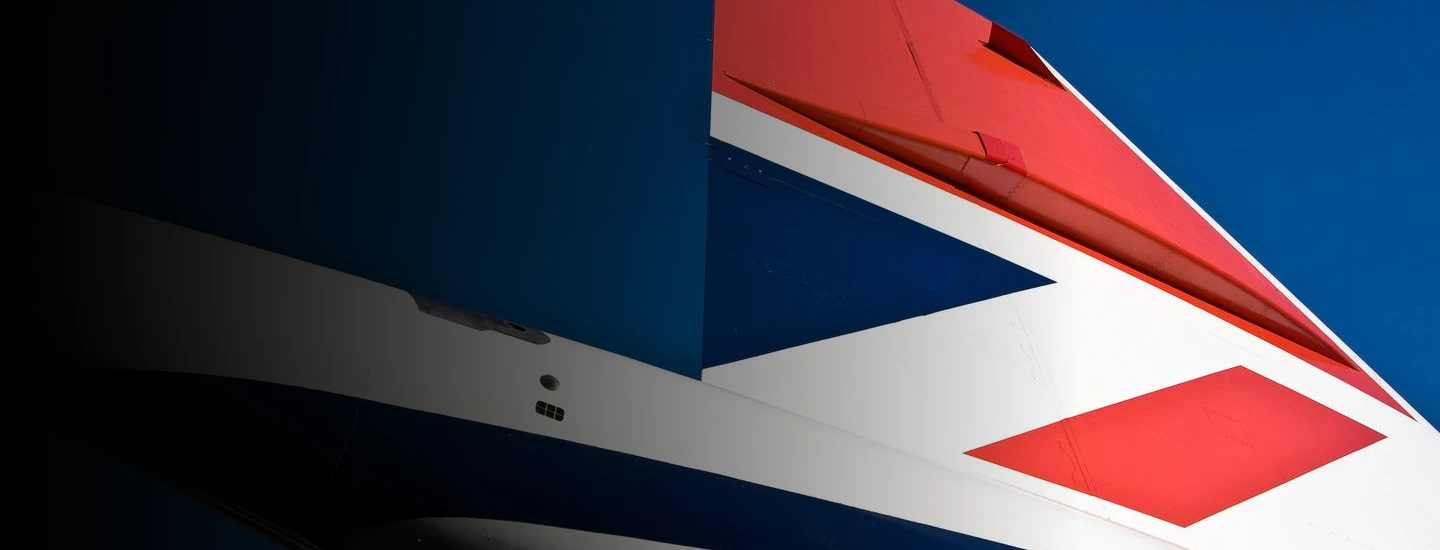Recent orders from United Airlines and American Airlines for dozens of Boom Supersonic’s Overture aircraft have sparked a resurgence in debate about the logic behind the moves. Are these orders simply marketing ploys by companies hoping to dress up their image? Or are two of the biggest U.S. carriers seriously planning to add supersonic aircraft to their fleets in the foreseeable future?
There are good reasons to be skeptical. Overture is small, with the proposed 65 seats being half the size of ill-fated Concorde (which, in its day, was criticized for being too small). Even recently revised development timelines seem too short given the engineering challenge presented by an aircraft that lacks an engine. The engine remains the biggest risk, the decision to develop the engine internally in partnership with a supplier with no experience in civil engines. Cost estimates appear to be too low.
Airlines, however, are hedging their bets and for good reason. Even against obvious odds, these companies must take measures to protect themselves from the disruption that would come from supersonic success. Much like executives considering the Concorde in the mid-20th century, today’s industry leaders need to get in line for even seemingly moonshot concepts like Boom Overture – if only as an insurance policy.
Consider, for instance, then-Pan Am Chairman Juan Trippe’s explanation in 1966 of why the airline bet on the Concorde. “If they did get going, and we were left behind, we would find that we were in pretty bad shape from the point of view of public patronage and public acceptance without something on the oceans that would stay in the ring with them.”
Other executives echoed this view, saying that once they saw their competitors bet on the Concorde, they had to act.
The Concorde’s failure may be ancient history, but its don’t-get-left-behind lesson is relevant to those planning to confront disruption – whether that disruption comes in the form of unexpected trends in the macro economy, shifting airline industry fundamentals, technological breakthroughs, or social changes. Sometimes the cost of taking risk and failing is far lower than the cost of not acting at all.
There are many uncertainties that anyone handicapping the new supersonic aircraft’s potential success needs to consider. But there is also a long list of knowable trends that suggest that Boom will be coming into a different market environment than Concorde did:
Decades of premium demand growth
Long-haul premium traffic has become a critical part of the airline revenue picture over the last twenty years. After COVID, premium transatlantic cabins and fare buckets were full in summer 2022, before the full return of corporate travel, prompting United Airlines CEO Scott Kirby to stress, “regardless of what you think [about whether] demand for business travel will ultimately return to 100% or something less, it is almost certainly going higher from here.”
More stable, competitive environment
In addition, airlines may have the capacity and motivation to take on a supersonic challenge in the early 2030s as OEMs have no firm plans to re-engine their cash cow widebodies – the 787 and the A350. Boeing’s CEO stated that he did not anticipate a new commercial aircraft program for at least a decade. The 777X feels like the end of the road for conventional big twins, as program amortization projections for widebodies first flying in the 2030s recede into a foggy future. Shifting long-haul service to narrowbody aircraft, currently fashionable, will mean higher unit costs (and lower freight revenue). As a result, the cost differential relative to competing premium seat-miles may be more predictable, and more acceptable, than it was for Concorde.
Green(er) Technology
On the thorny issue of social acceptability, changes may be on the horizon as growing availability of Sustainable Aviation Fuel (SAF) may blunt some of the carbon emissions criticism that airlines face for choosing Overture over more fuel-efficient subsonic aircraft. More tangibly, ICAO and the FAA will update the 1964 Oklahoma City boom tests using the Low-Boom Flight Demonstrator from 2023-2025, which could alter the perception of modern supersonic aircraft and may lead to new rules when results are released in 2027.
Risk well taken?
If Boom delivers more-or-less on time and in accordance with its targeted performance, United and American will get real value from their orders. They will lock in pricing based on early-program optimism about development costs and timeline, ensure early delivery slots, and provide a basis for input from the airlines’ technical personnel into what is still a very fluid design. Future outlays (which will be much larger than the initial deposits) will only come due if Boom makes progress.
There are many challenges to overcome, but the six decades since the Anglo-French agreement that ushered in the costly lessons from the Concorde have seen tremendous progress, and perhaps it is time for another look at supersonics.

